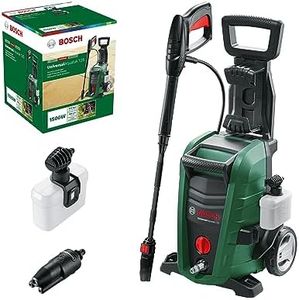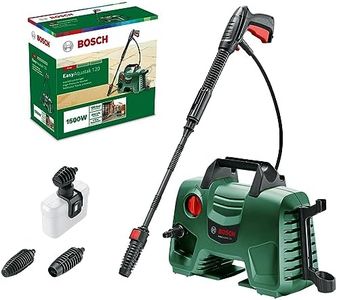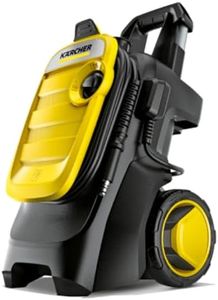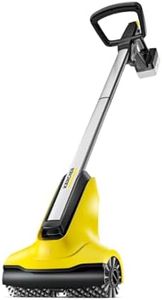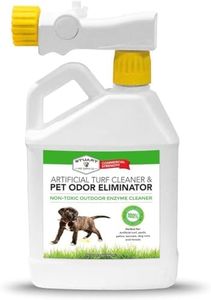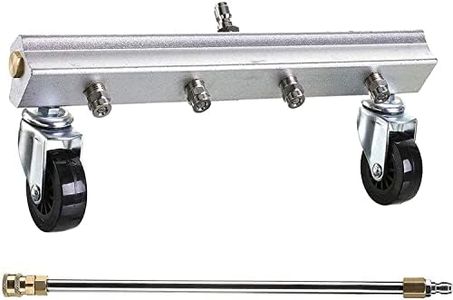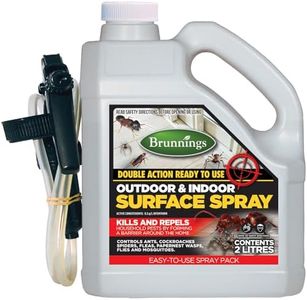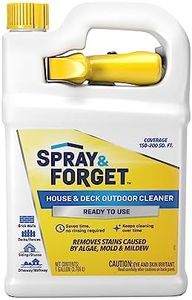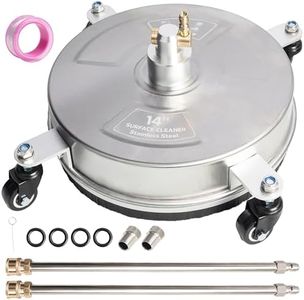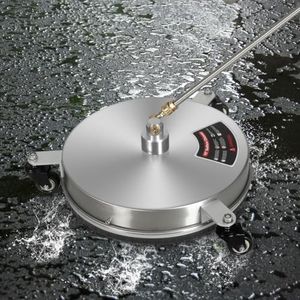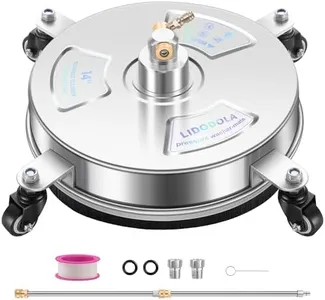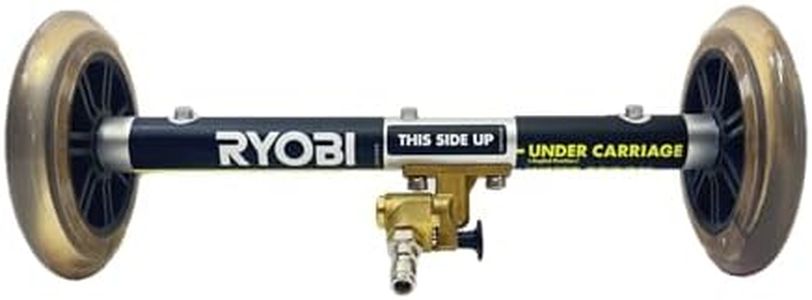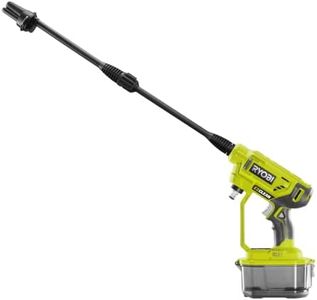We Use CookiesWe use cookies to enhance the security, performance,
functionality and for analytical and promotional activities. By continuing to browse this site you
are agreeing to our privacy policy
10 Best Patio Cleaners
From leading brands and best sellers available on the web.Buying Guide for the Best Patio Cleaners
Choosing the right patio cleaner can make a huge difference in how easy and effective your outdoor cleaning projects are. The right tool can help remove dirt, algae, mildew, and stains, leaving your patio looking fresh without much effort. To pick the best fit for your needs, it's important to understand the main features and specifications of patio cleaners. Start by thinking about the size of your patio, the type of surface (like concrete, stone, or wood), and the level of dirt or staining you're dealing with. Some cleaners are manual, while others are powered, and each has its pros and cons. Knowing which specifications matter most will help you make a confident and practical choice.Cleaning MethodThe cleaning method refers to how the patio cleaner removes dirt and stains. Common types include manual scrubbers, electric power washers, and chemical cleaners. Manual scrubbers require physical effort and are best for smaller or less dirty spaces. Electric power washers use a motor to spray water at high pressure, making them ideal for larger areas or tough grime. Chemical cleaners are usually liquid solutions applied with a brush or sprayer to break down dirt. When choosing the right method, consider how much time and effort you want to spend, the size of your patio, and the level of cleaning needed.
Water Pressure (for pressure washers)Water pressure, measured in PSI (pounds per square inch), indicates how powerful the cleaner is at removing dirt. Lower pressure (about 1000-1700 PSI) is gentle and suitable for more delicate surfaces or light cleaning. Medium pressure (1700-2800 PSI) offers good versatility for most patio jobs without damaging the surface. Higher pressure (above 2800 PSI) is best for heavy-duty cleaning or stubborn stains but may damage softer materials. Pick a pressure level that matches both the surface material and the degree of dirt. Always start at the lower end if you're unsure to prevent any accidental damage.
Coverage AreaCoverage area describes how much surface a cleaner can handle efficiently, which depends on the size of the cleaning head or brush and the length of the spray. Larger coverage means you work faster, which is ideal for bigger patios. Smaller coverage tools are fine for limited spaces or detailed cleaning. Think about the size of your patio and whether you want to clean it quickly or need something for tight or intricate areas.
Surface CompatibilitySome patio cleaners are better suited for specific surfaces like stone, concrete, wood, or tile. Using the wrong cleaner can damage your patio or be ineffective. Check if the product or device is safe for your patio type. For example, high pressure can harm wood, while certain chemicals can stain natural stone. Match the cleaner to your patio's material by reading the manufacturer’s recommendations or product labels.
Ease of UseEase of use covers how comfortable and convenient the patio cleaner is to operate. Factors include weight, handle length, maneuverability, and setup effort. Lightweight or ergonomically designed tools make cleaning less tiring, which is important for larger jobs or frequent use. If you have mobility issues or don’t want a strenuous chore, choose a model aimed at easy handling.
Eco-FriendlinessEco-friendliness refers to how safe the product is for plants, pets, and the environment. Some chemical cleaners may be harsh, affecting surrounding garden beds or causing runoff pollution. Eco-friendly cleaners use biodegradable ingredients and minimize harm to your patio and yard. If you have pets, children playing outside, or nearby plants, look for non-toxic and environmentally safe options.
